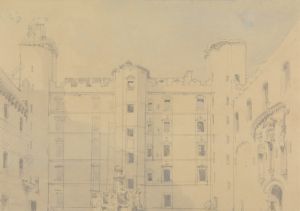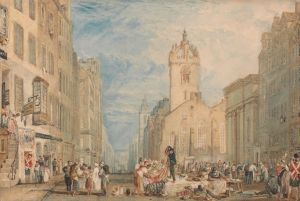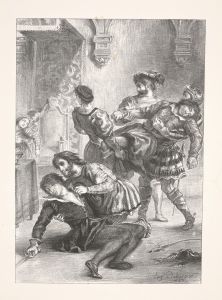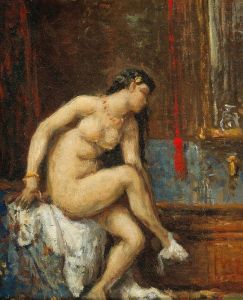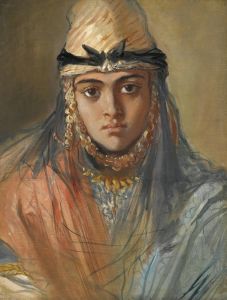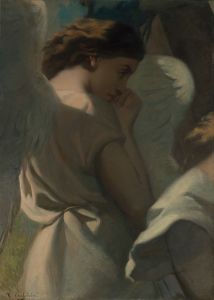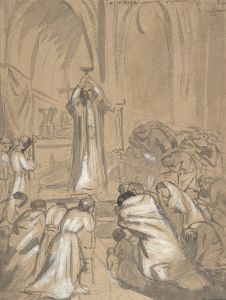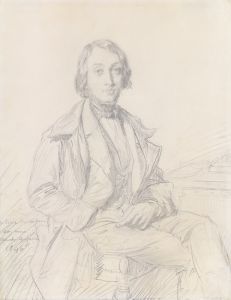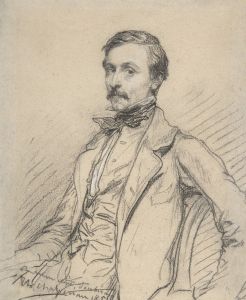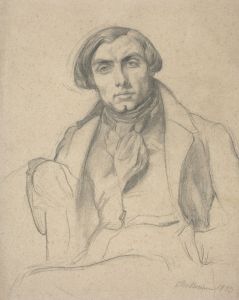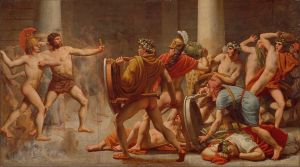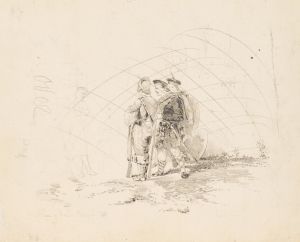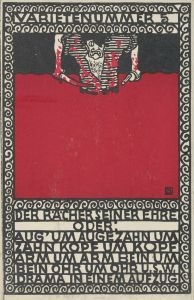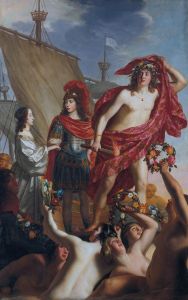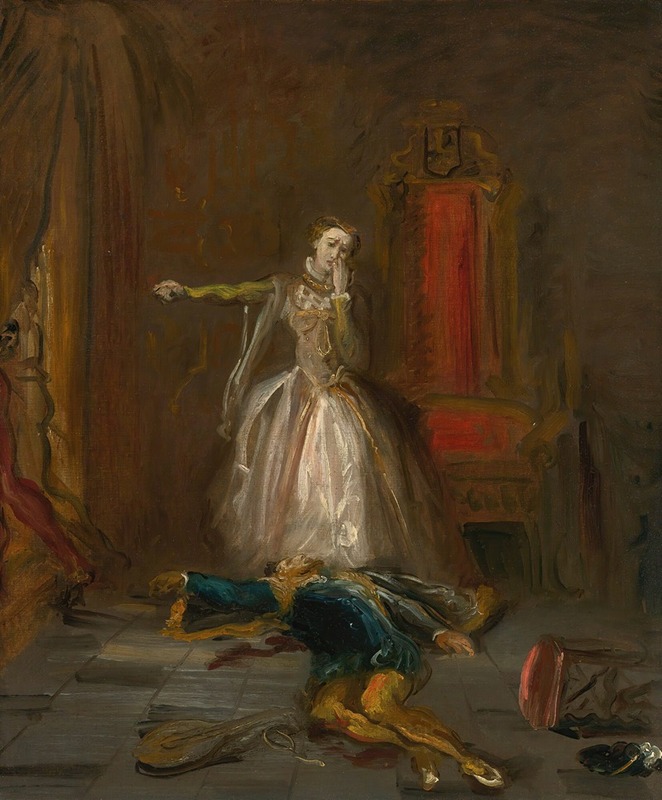
Mary Stuart Swearing Revenge
A hand-painted replica of Théodore Chassériau’s masterpiece Mary Stuart Swearing Revenge, meticulously crafted by professional artists to capture the true essence of the original. Each piece is created with museum-quality canvas and rare mineral pigments, carefully painted by experienced artists with delicate brushstrokes and rich, layered colors to perfectly recreate the texture of the original artwork. Unlike machine-printed reproductions, this hand-painted version brings the painting to life, infused with the artist’s emotions and skill in every stroke. Whether for personal collection or home decoration, it instantly elevates the artistic atmosphere of any space.
"Mary Stuart Swearing Revenge" is an oil painting created by the French artist Théodore Chassériau in 1851. Chassériau, a notable figure in 19th-century French art, was known for his unique style that blended elements of Romanticism and Orientalism. This particular painting is a striking example of his ability to convey intense emotion and dramatic narrative through his work.
The painting depicts Mary Stuart, also known as Mary, Queen of Scots, in a moment of intense emotional turmoil. Mary Stuart was a significant historical figure, having been the queen of Scotland from 1542 to 1567 and a claimant to the English throne. Her life was marked by political intrigue, imprisonment, and eventual execution, making her a subject of fascination for many artists and writers.
In "Mary Stuart Swearing Revenge," Chassériau captures a pivotal moment in Mary's life. The scene shows Mary, dressed in a dark, elaborate gown, with a determined and vengeful expression on her face. She is depicted in a richly decorated interior, which enhances the dramatic atmosphere of the painting. The composition and use of light draw the viewer's attention to Mary's face, emphasizing her emotional state.
Chassériau's technique in this painting is notable for its meticulous detail and vibrant color palette. The textures of the fabrics, the intricate patterns of the decor, and the subtle play of light and shadow all contribute to the overall impact of the piece. The artist's skillful use of chiaroscuro—a technique that contrasts light and dark—adds depth and intensity to the scene, highlighting the emotional gravity of the moment.
The historical context of the painting is rooted in the turbulent life of Mary Stuart. After being forced to abdicate the Scottish throne in favor of her son, James VI, Mary sought refuge in England, where she was imprisoned by her cousin, Queen Elizabeth I. Mary was implicated in several plots to assassinate Elizabeth and take the English throne, which ultimately led to her execution in 1587. The painting likely references Mary's vow to seek revenge against those who wronged her, a theme that resonates with the dramatic and tragic elements of her life story.
"Mary Stuart Swearing Revenge" is housed in the Musée du Louvre in Paris, where it remains an important piece in the museum's collection of 19th-century French art. The painting is a testament to Chassériau's artistic talent and his ability to capture complex historical and emotional narratives. It continues to be admired for its powerful depiction of a historical figure caught in a moment of profound personal resolve.
In summary, Théodore Chassériau's "Mary Stuart Swearing Revenge" is a masterful portrayal of Mary, Queen of Scots, during a moment of intense emotional determination. The painting's historical significance, combined with Chassériau's exceptional artistic technique, makes it a notable work in the canon of 19th-century French art.





